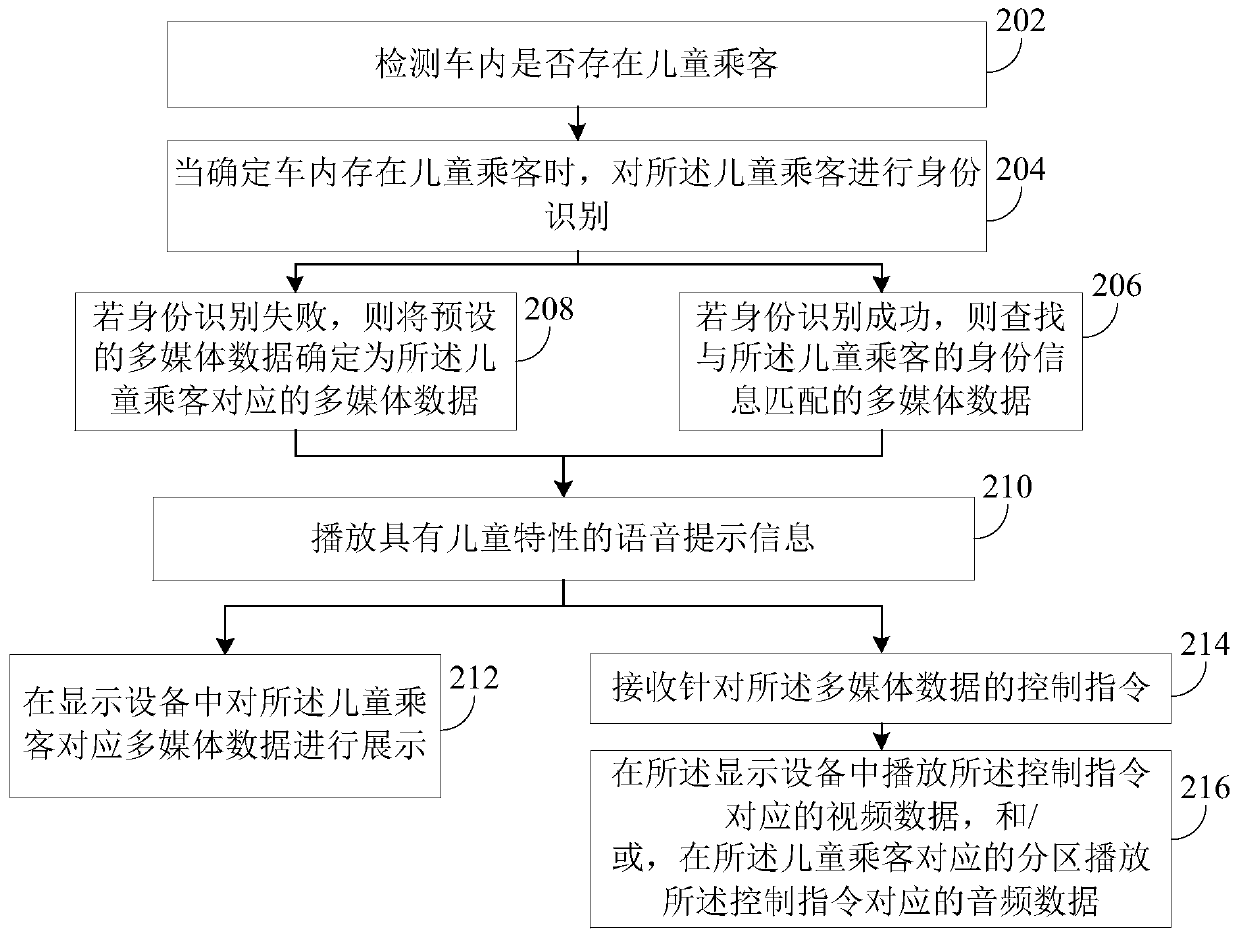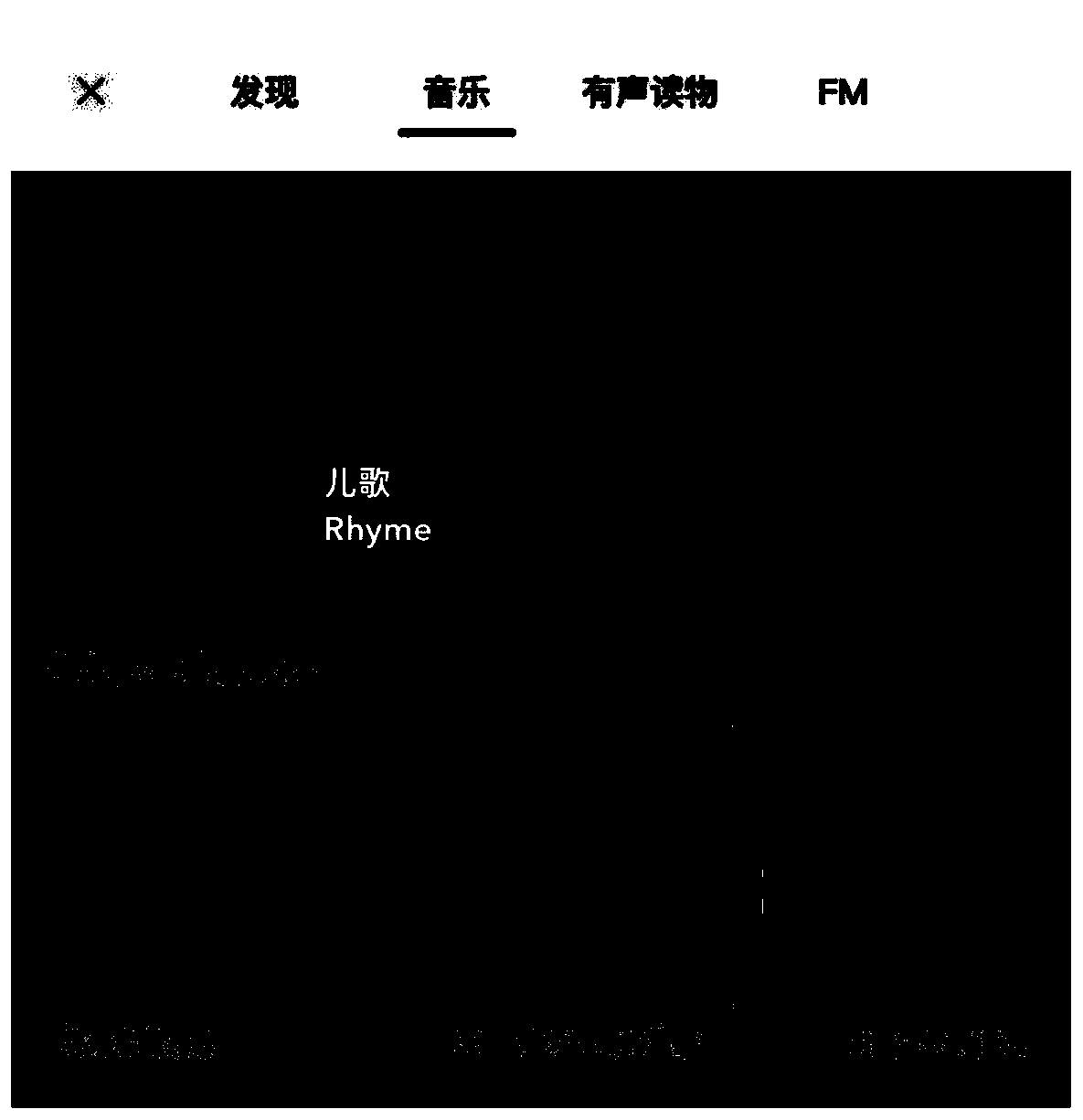Interaction method and device and vehicle
An interaction method and vehicle technology, applied in the field of devices, vehicles, and interaction methods, can solve the problem that children cannot interact with the vehicle system, and achieve the effect of interaction
- Summary
- Abstract
- Description
- Claims
- Application Information
AI Technical Summary
Problems solved by technology
Method used
Image
Examples
Embodiment Construction
[0041] In order to make the above objects, features and advantages of the present invention more comprehensible, the present invention will be further described in detail below in conjunction with the accompanying drawings and specific embodiments.
[0042] refer to figure 1 , which shows a flow chart of the steps of an embodiment of the interaction method of the present invention, which may specifically include the following steps:
[0043] Step 102, detecting whether there are child passengers in the vehicle.
[0044] Step 104. When it is determined that there is a child passenger in the vehicle, determine multimedia data corresponding to the child passenger, and the multimedia data has a child characteristic; so as to perform interaction based on the multimedia data.
[0045] In the embodiment of the present invention, in order to realize the interaction with children, when the vehicle-mounted system is in the open state, it can automatically detect the environment in the ...
PUM
 Login to View More
Login to View More Abstract
Description
Claims
Application Information
 Login to View More
Login to View More - R&D
- Intellectual Property
- Life Sciences
- Materials
- Tech Scout
- Unparalleled Data Quality
- Higher Quality Content
- 60% Fewer Hallucinations
Browse by: Latest US Patents, China's latest patents, Technical Efficacy Thesaurus, Application Domain, Technology Topic, Popular Technical Reports.
© 2025 PatSnap. All rights reserved.Legal|Privacy policy|Modern Slavery Act Transparency Statement|Sitemap|About US| Contact US: help@patsnap.com



